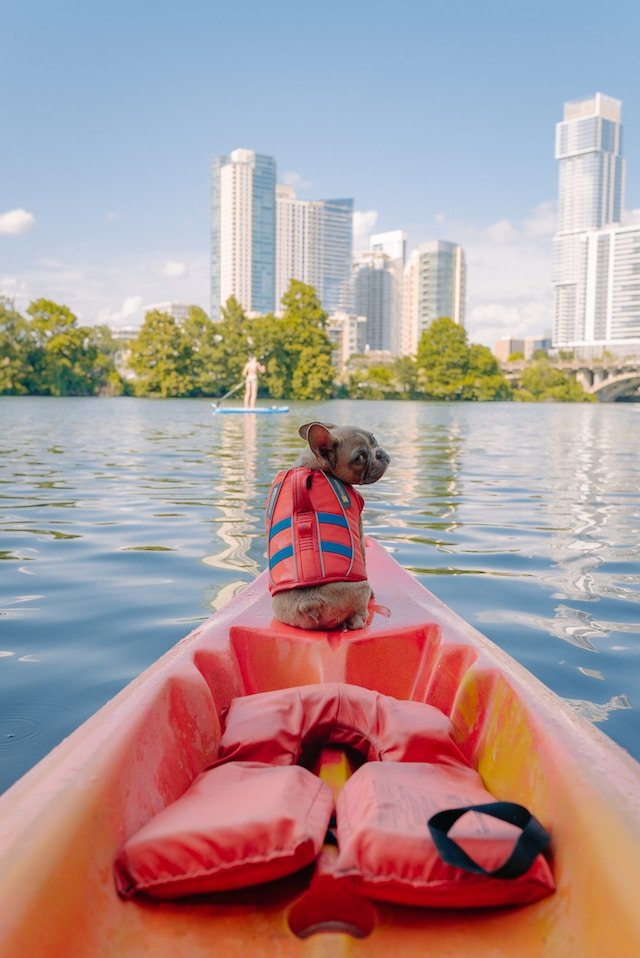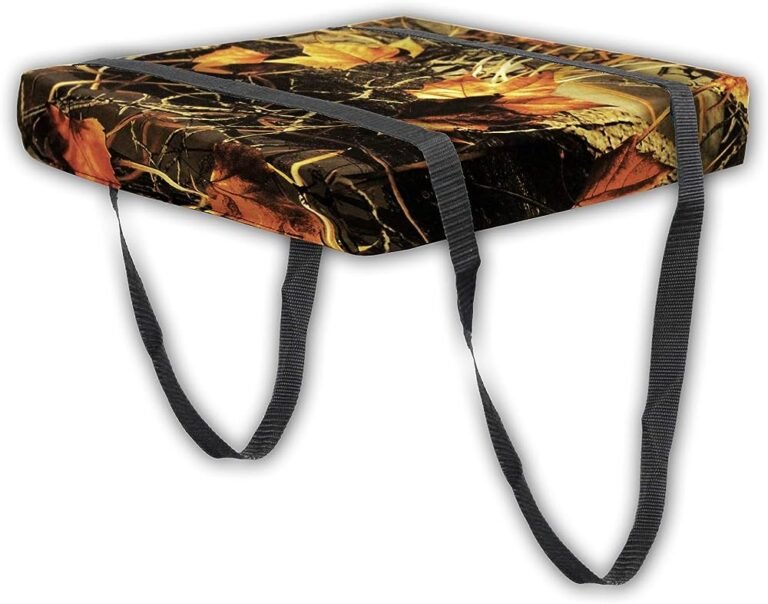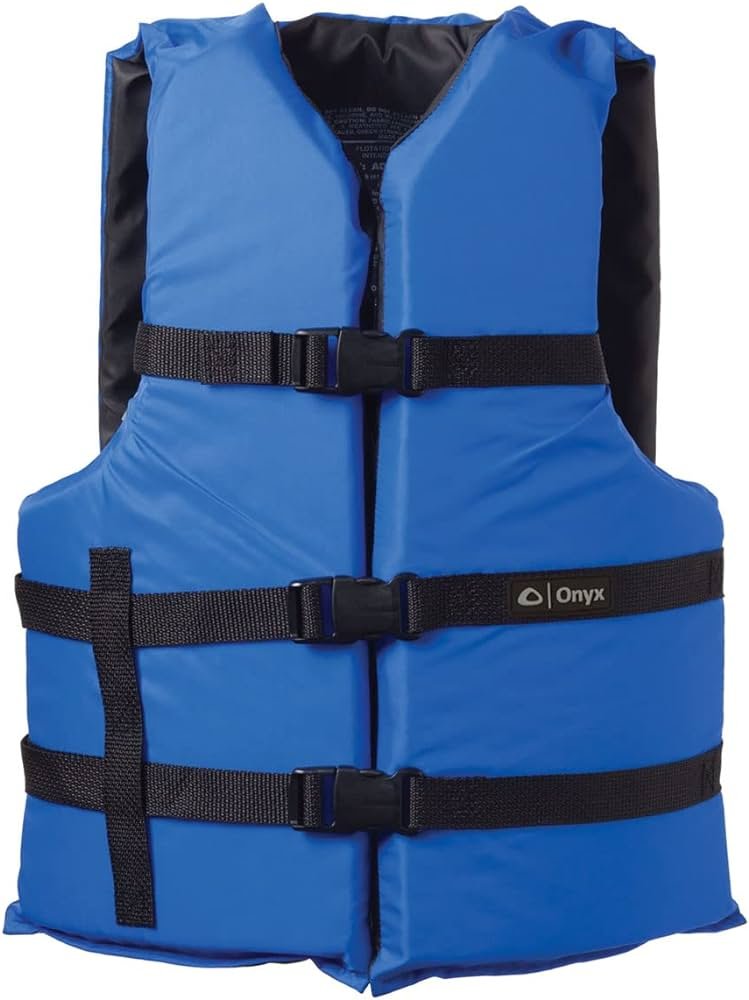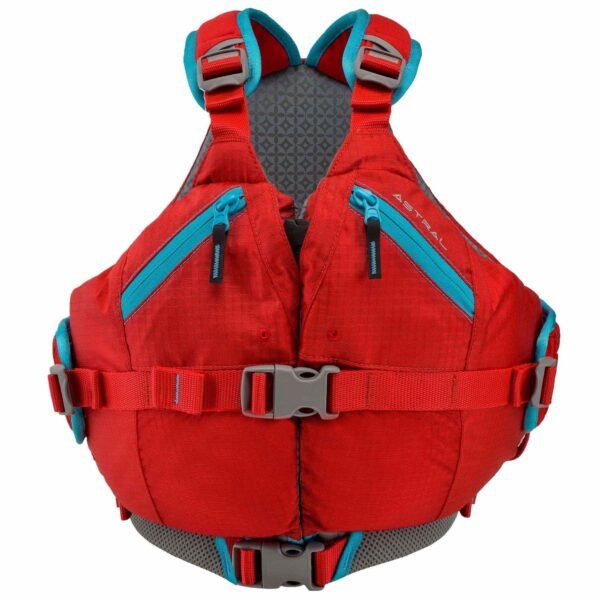Which Type Of PFD Will Turn Most Unconscious People Face Up In The Water?

What is a PFD?
PFD stands for Personal Flotation Device. A PFD is a lifesaving device that can help keep you safe when you are out on the water. There are many different types of PFDs, and each one has its unique features and benefits.
PFDs can help keep you afloat in even the most dangerous waters, and they can also help you stay safe if you fall overboard. They are your number one defense against drowning.
PFDs are often required when swimming in open water, including beaches and lakes. In the United States, all recreational boaters must wear a PFD when out on the water.
PFDs provide basic life support and can save your life in an emergency. PFDs come in many different shapes and sizes and can be purchased at most sporting goods stores.
Which type of PFD will turn most unconscious people face up in the water?
PFDs come in different shapes, sizes, and styles all intending to keep you safe in the water. Naturally, not all PFDs are the same as some are designed for a specific use, a particular sport, universal use, or even the environment in which they will be used.
Consequently, the degree of safety Personal Flotation Devices gives varies from each other. One of the most dangerous things that can happen to anybody on the water, be it a recreational boater, swimmer or sportsman is to become unconscious in the water.
It is an almost guaranteed way to drown and could result in death. Fortunately, PFDs exist to help people stay afloat when they lose their balance in the water.
But what happens if they become unconscious? Being face up in the water is crucial as it ensures you can breathe keeping you safe if only slightly from death.
An unconscious person is sadly unable to help their PFD keep them alive by keeping their head above the water and if care is not taken may still be lost. The Type I PFD: The Offshore Life Jacket is the answer to this dilemma.
This safety device has enough buoyant force to turn most unconscious people face up in the water even in rough water. This ensures that the floating unconscious person does not become a floating corpse by the time aid arrives.
If you intend to go boating in rough or remote water where either signal is bad or it would take some time for help to arrive even when you call an emergency, this life jacket is a must-have.
It could save your life even when you are overcome by the waves and conditions around you and your body decides that you should lose consciousness to better survive the ordeal.
Types of PFDs
To enjoy the water safely, it is important to be aware of the types of personal flotation devices that are available.
PFDs come in many different styles, sizes, and price ranges, so it is important to find the one that best suits your needs. There are three main types of PFDs: life jackets, buoyancy aids, and wet suits.
Life Jackets
Life jackets have come a long way in the past few decades. They used to just be a piece of clothing that helped protect people in the event of a water emergency, but now they are more than just that.
Life jackets can be classified according to their purpose, which is to protect the wearer from water. The three main types of life jackets are escape-chamber jackets, immersion suits, and life preservers.
Escape-chamber jackets are designed to keep a person afloat if they get into a sinking boat or raft. Immersion suits are made of heavy material and provide complete protection from water.
Life preservers are usually small and worn around the neck. They look like life jacket, but they don’t protect the wearer from water. They however keep you afloat and safe from drowning. Life jackets come in all shapes and sizes.
Some are made to fit children and babies and are called infant life jackets. A famous life jacket is the offshore life jacket classified as Type I by the US Coast Guard which is perfect for rough or remote waters where it is not often easy to rescue those in distress.
They provide the most buoyancy of all Personal Flotation Devices and will turn most unconscious people face-up in the water.
The near-shore vest is also an effective PFD, but it is recommended for calm waters as more often than not, it does not turn unconscious people face up and can thus be a liability to unconscious people in rough waters.
Buoyancy Aids
A buoyancy aid is a piece of personal floatation equipment that aids in keeping afloat a person who is unable to swim. They can help people who are drowning or in danger of drowning.
Buoyancy aids can be used for a variety of reasons, including when a person is recovering from an injury or illness, or when they are pregnant. The devices come in different shapes and sizes, and they attach to a person’s clothing or body.
They work by increasing the buoyant force of a person’s body, which can help them stay afloat in water. Buoyancy aids are excellent in calm waters but not recommended in rough ones.
Buoyancy aids, such as neoprene hoods and inflatable life preservers, can help keep a person afloat if they fall overboard.
Wet Suits
Wet suits are often worn as a type of personal flotation device when boating, fishing, or participating in other water-based activities. They are made from different materials, including neoprene and rubber, and come in different sizes to fit most people.
Wet suits can help keep you warm in cold water, and can also help protect you from getting wet if you fall into the water. They are effective in keeping someone afloat should they become stranded in the water.
Wet suits can also protect people from hypothermia, as they provide a layer of insulation against the cold water and can help keep people warm in cold weather.
Throwable Devices
Throwable devices are a type of personal flotation device that has come into increased popularity in recent years. They are typically small, lightweight, and easy to carry, which makes them perfect for emergencies or recreational use.
Many throwable devices come with built-in floats and are designed to be activated by a trigger mechanism. They are typically classified as Type IV and are not designed to be worn.
This makes them perfect for use in rough waters as they can be thrown to those overboard to help them stay afloat.
Special-Use Devices
Special-use devices are a type of Personal Flotation Device that is designed to be used in specific situations. They can include items such as surfboards, canoes, kayaks, and stand-up paddle boards.
Some manufacturers make special-use devices specifically for children, including inflatable rafts and SUPs. These flotation devices should be used as instructed for safety. Special-use devices are often overlooked when it comes to personal flotation devices (PFDs).
However, these devices can be just as important as standard PFDs in mitigating risks associated with water sports. Special-use devices can include lifejackets for swimmers, canoes, and kayaks with inflatable pads, and rafts with inflated seats.
Special-use devices are typically more expensive than regular PFDs and may require a certification or licensing procedure to use.
How to use a PFD
When you’re out on the water, it’s important to have a Personal Flotation Device (PFD) with you. PFDs are essential when boating, fishing, kayaking, or any other water sport as they help keep you afloat when you lose your balance and are at the mercy of the waves.
They sometimes mean the difference between life and death. Here are ten tips for using a PFD safely:
- Always read and follow the manufacturer’s instructions.
- Make sure the PFD is sized correctly. Get a PFD that fits your body type.
- Put on your PFD before getting into the water.
- Wear your PFD when jumping into or out of boats.
- Secure the straps if possible.
- If the PFD has an inflatable collar, inflate it before getting in the water.
- Wear it in a place where it is easy to access. Wear your PFD where you can do so calmly and ensure it is well fitted. While wearing it in water can be done, it is not advisable.
- Keep your PFD on at all times even when swimming.
- Be aware of weather conditions and take appropriate precautions.
- Always ensure the PFD is in good condition before and after use. If it shows signs of deterioration, repair or replace the PFDas the situation demands.
What to do if you find an unconscious person in the water
If you find someone unconscious or in distress in the water, the first thing to do is call 911. If there is time, try to wake them up by shaking them or tapping their shoulder.
If that doesn’t work, try to give them CPR (cardiopulmonary resuscitation) unless instructed otherwise by authorities. If they are not breathing, perform mouth-to-mouth resuscitation. If those methods don’t work, call for help and perform CPR while waiting for the emergency responders.
If the person is responsive but has a head injury, administer CPR until help arrives. If the person is unresponsive and has no visible signs of injuries, perform a standard search for life while awaiting help.
Should you succeed in resuscitating the person, administer first aid depending on the situation and let emergency personnel take the victim off your hands once they arrive.
All boaters should know how to administer first aid and what to do in the common cases of accidents on the water. That knowledge could save lives.
How to perform CPR on an unconscious person
If someone falls unconscious, perform CPR (cardiopulmonary resuscitation) immediately. The victim needs oxygen and help to stay alive until help arrives. Follow these steps to do chest compression:
- Call 911 or your local emergency number.
- Get the victim’s head and shoulders off the ground.
- Check for a pulse. Pulses may be faint or not detectable at all, but they should still be checked. If there is no pulse, start rescue breathing: If the person is conscious and can breathe on their own, continue rescue breathing; if not, continue with CPR.
- Clear any obstructions from the person’s airway (e.g., vomit, blood). You can clear the airway by inserting your fingers into the mouth and nostrils and pushing down hard until the object is removed.
- Sit on your heels or knees, then put your hands on the victim’s chest and push down firmly with your shoulder and upper arms.
- Push down and in at least 2 inches, then release your hands.
- Push down and in again and release. 5. Continue 3 to 4 chest compressions per second until help arrives or the victim recovers consciousness himself.
- Continue this and rescue breathing for at least 10 minutes, depending on what is applicable then check the victim’s pulse. If there is a pulse, your efforts are paying up. If not, continue till emergency responders arrive.
- If you are able to revive the victim, perform first aid depending on the person’s level of injury and let emergency personnel take him off your hands.
The type of PFD that turns most unconscious people face up in the water is the Type I PFD. It wouldn’t do for you to stay afloat thanks to your PFD but still die due to suffocation, and that is where this flotation device comes in.
If you are wearing an offshore life jacket, you have a greater chance of being rescued and surviving if you are knocked unconscious in the water.
Make sure to always wear a properly fitting PFD when you are out on the water and that your PFD matches the activity you are performing. Adhere to safe boating practices and check the weather forecast before hitting the water.
If at all feasible, avoid rough waters on your adventures but know how to deal with such environments should you find yourself in them. Be vigilant on the water to avoid getting into mishaps and make sure you signal for aid immediately when things start going south.
You have a greater chance of being rescued that way. Remember to stay safe on the water and have fun.






